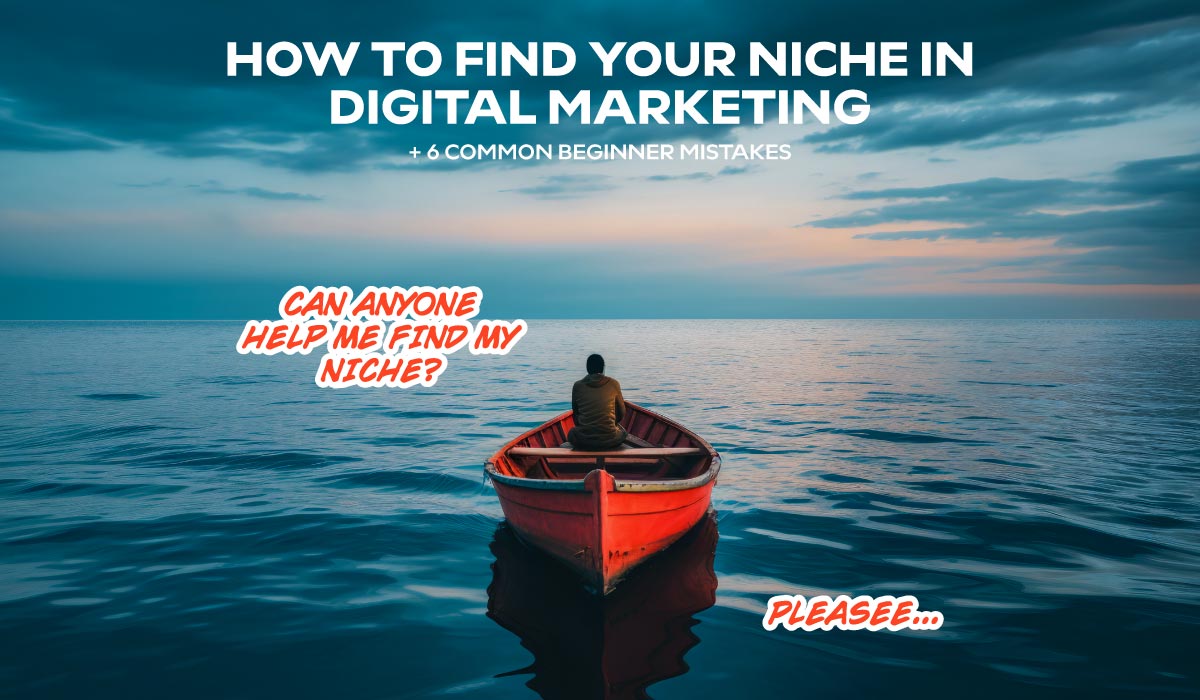
How to find your niche in digital marketing:
- Check the market of potential niches against your skills and interests.
- Do an in-depth competitor analysis.
- Determine possible setbacks.
- Niche down to local markets.
- Pinpoint possible traffic sources.
- Check the niche's performance indicators.
- Test your chosen niche.
Choosing the right niche is crucial for new and seasoned digital marketing agencies. IBISWorld says there are 48,791 digital marketing agencies in the US, increasing by 15.6% yearly. The increasing competition makes finding and mastering a niche necessary. This helps agencies improve marketing efforts, build expertise, and lessen competition.
Digital marketing will continue to be profitable in 2024. Oberlo says that budgets for digital marketing have increased by 10% across industries. Notable examples include Smile Marketing, which focuses on marketing for dental practices. Their niche expertise, custom services, and tailored strategies achieve great results for clients. They helped Delroy Park Dental Care reach the top of Google SERPs and increased new patient count by 25%.
However, the digital marketing business model also has challenges. Agencies encounter high competition and must adapt to market trends to stand out. Statista says in 2021, digital ad fraud will cost businesses worldwide $65 billion. Consumer data and privacy concerns have led to stricter GDPR and CCPA regulations.
We'll cover the eight steps to finding your niche in digital marketing, the beginner mistakes to avoid, the key metrics to consider, how to monetize your niche, what some of the profitable niches are, and other ways of making money online.
1. Check the Market of Potential Niches Against Your Skills and Interests
Checking the market for potential niches involves researching your target audience. This gives you insight into the niche's needs and problems and how you can approach them. It also leads to impactful marketing efforts that resonate with your client's audience.
For example, let's say you want to enter the health and wellness sector. Mckinsey says 82% of US adults say it's their top priority. It's a vast market with diverse niches and has huge potential. You can target specific demographics and adjust your strategies to meet their needs.
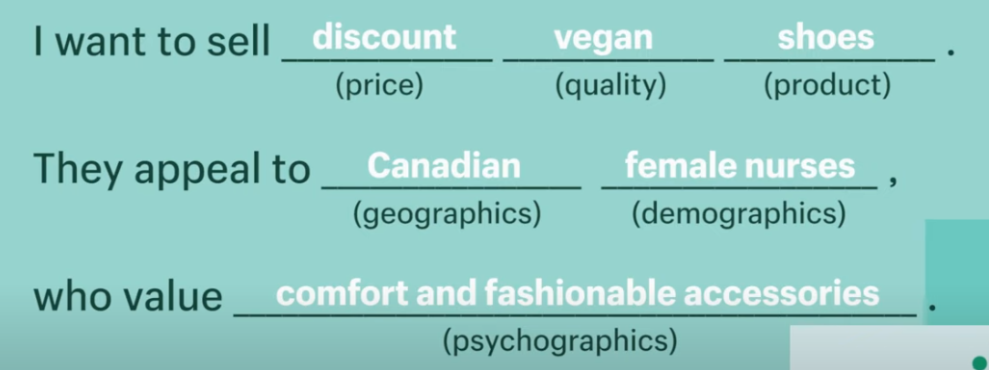
Shopify’s Michelle Bali simplifies this in two sentences, "I want to sell (price) (quality) (product). They appeal to (geographic) (demographics), who value (psychographics)." This helps narrow down who you're marketing to and what you're selling. Doing this right leads to more effective and relevant marketing that engages the audiences.
Identifying your skills and interests helps you understand and leverage your strengths. It involves a thorough self-assessment to find what you're good at and where you can improve. Doing so gives you insight into what you can offer clients and their audience and how to make the most impact.
For example, you have a knack for writing quick, witty responses. Consider social media management for companies that want to engage their audience. If you're good at analyzing numbers, consider PPC and SEO. The key is to align your abilities in a niche you understand and provide a solution to a client's problems.

This Reddit comment explains how they enjoy working on websites. Their interest is in applying their client's message and structure rather than what pages must be on a site. This leads to websites with user interaction and client branding in mind.
2. Do an In-Depth Competitor Analysis.
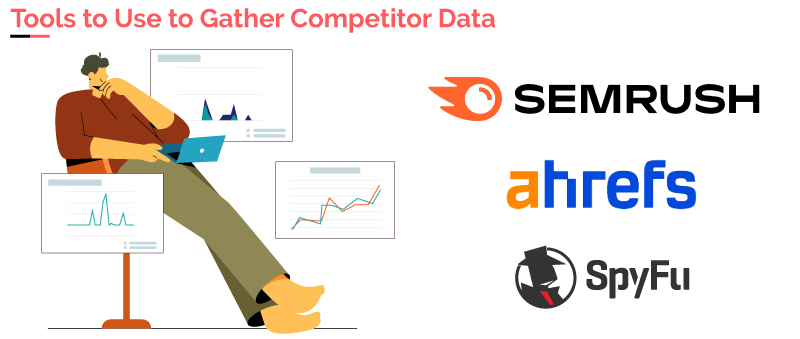
Doing an in-depth competitor analysis involves researching the key players in your niche. Looking at external reviews and Google lets you see how the audience receives them. Tools like Semrush, Ahrefs, or Spyfu help gather competitor data. These give insight into their keyword and content strategies, traffic, and pricing. This lets you find your unique selling proposition that provides value to your niche and audience.
Doing this right lets you better understand market conditions. It helps you identify your strengths and weaknesses and distinguishes you from competitors. Aim to make better products instead of copying what your competitors are doing. This leads to offerings that fit the audience and will maintain your agency's USP.
3. Determine Possible Setbacks.
Determining possible setbacks involves identifying the factors that can impede your marketing efforts. Being proactive helps you understand obstacles you may encounter and prepare action plans. This lets you avoid difficult niches or have strict legal regulations. Doing this right enables you to mitigate risk and create better campaigns in the niche that fits you best.
Veronica Shaw, AKA Chef Pii, is an interesting case study on TikTok. In June 2022, her homemade Pink Sauce went viral on TikTok with 80 million views, which she sold for $20 a bottle. She revised the product for safety purposes and mass-produced it to scale distribution.
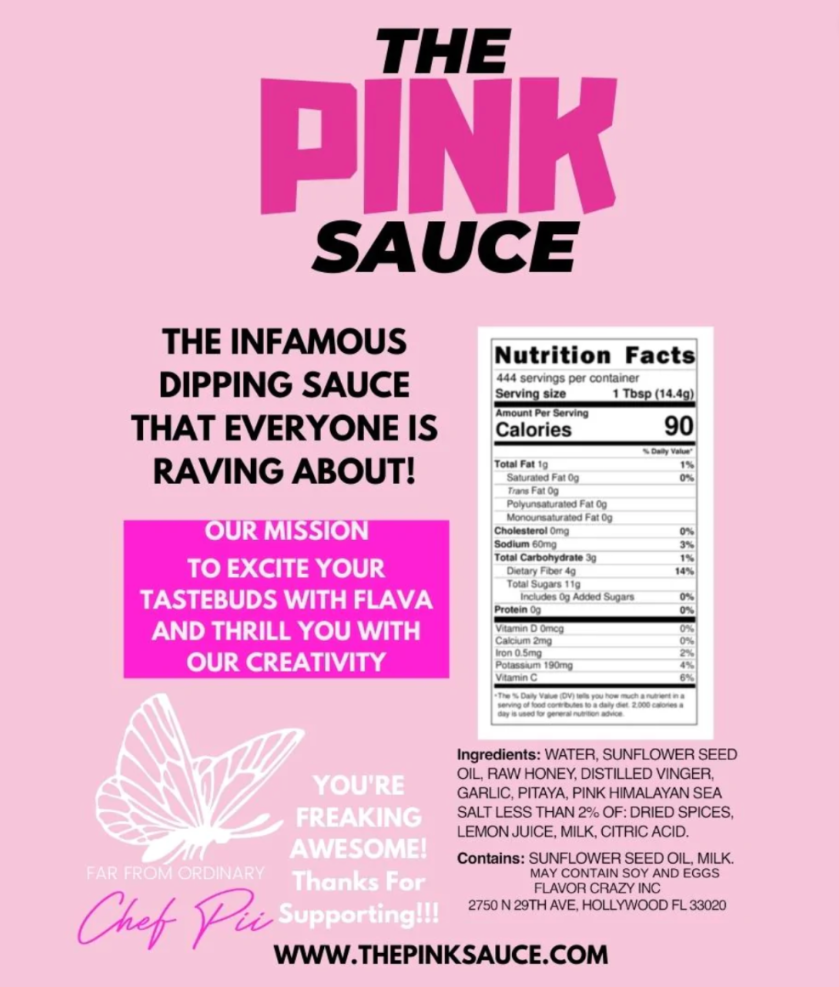
Even with four years of experience as a private chef, her product encountered food safety and labeling concerns. This resulted in customer backlash and prompted an FDA investigation in August. Dave's Gourmet helped Pink Sauce become FDA-compliant by updating its recipe and packaging. This resulted in a safe and stable product now sold in 4,000 Walmart stores across the US.
4. Niche Down to Local Markets.
Niching down to local markets involves narrowing your focus to target specific demographics. Being hyper-specific allows you to gain an understanding of your niche's audience. This leads to effective marketing campaigns that are relevant and engage the audience.
For example, you choose to target the $159 billion gaming niche. This niche can be further broken down into console, PC, mobile, and handheld segments, age, and sex. Midia Research says gamers spend 7.6 hours a week playing. Statista says that 31% of PC gamers in the US are between 31 and 39 years old. Cape Cod Health News says 42% of e-sports athletes experienced back pain. Using this data, we can niche down and market ergonomic gaming chairs to 30-40-year-old PC gamers. This results in a targeted product that solves a segment's problems based on data.
A Reddit comment says niching down is best because you need to be ultra-specific in today's world. They focus on smaller segments of a niche to understand their needs, wants, and goals. This drives demand for targeted solutions that underserved segments of a niche need.

5. Pinpoint Possible Traffic Sources.
Pinpointing possible traffic sources involves assessing marketing channels that can improve your reach. Factors like consumer behavior and your niche help determine the best method and platform to use. This ensures your marketing efforts are relevant, effective, and resonate with the audience.

Let's use the previous example of marketing ergonomic chairs to 30-40-year-old gamers. Now that we have a target market and a product to solve a niche's problem, how do we best reach this audience? LocalIQ says half of social media users rely on influencers for product recommendations. We can use influencer marketing and create informative content to post on Facebook, Instagram, and YouTube. This leads to impactful marketing efforts that engage the audience on relevant platforms.
6. Check the Niche’s Performance Indicators.
Checking your niche's performance indicators involves setting metrics that measure performance. These KPIs give insight into how the niche's audience interacts with a service or product. Using the right tools helps gather and monitor metrics that matter. This lets you see if your offerings are relevant impactful and engage the audience.
For example, you notice small plumbing companies with great Google reviews but no social media presence. You connect with them, but they don't want the full digital marketing package. What do you do? We can try pitching to improve their presence on social platforms. Since we can see that their service quality is well-received by customers, we can use that in our content. This leads to impactful services that drive sales for both you and the client.
7. Test Your Chosen Niche.
Testing your chosen niche involves seeing how the market receives your campaigns. You can perform small-scale campaigns and gather data and feedback from the niche's experts and audience. This provides insight into your campaign's effectiveness in the niche. Doing this right allows you to adapt and adjust strategies based on the testing phase. This leads to cost-effective campaigns that resonate with the niche's audience.
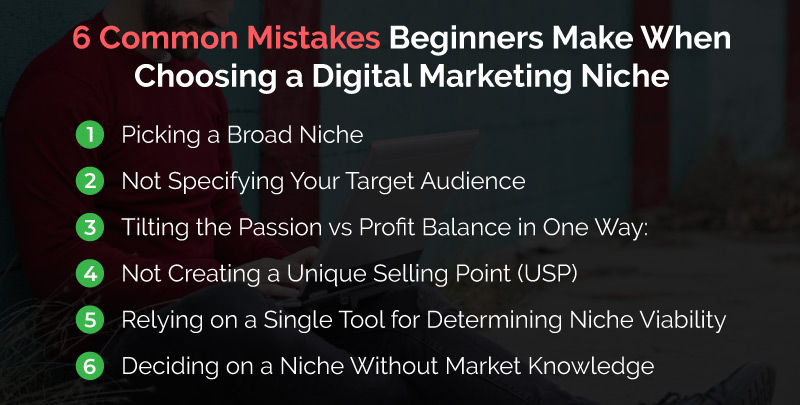
6 Common Mistakes Beginners Make When Choosing a Digital Marketing Niche
Common Mistakes
Picking a Broad Niche: makes targeting difficult and harder to stand out from competitors. And when you market to everyone, you target no one. Narrow your focus to find the specific audience that needs your services. This ensures impactful marketing efforts and establishes your agency's niche expertise.
Not Specifying Your Target Audience: leads to ineffective marketing campaigns. With a specific target audience, you can create relevant content and offers that convert. This leads to lower costs and effective marketing efforts that engage the audience.
Tilting the Passion vs. Profit Balance in One Way: leads to unsustainable business practices. Most beginners get into a niche because it's profitable without knowing how to engage its audience. This leads to hit-or-miss efforts that provide no value to the niche's audience. Finding a balance lets you monetize your passions in the niche in a sustainable way.
Not Creating a Unique Selling Point (USP): makes it harder to find you in the sea of other digital marketing agencies online. A USP sets you apart from competitors and shows your value and ability to solve problems. Beginners must find out who their service is for, what drives them, and how to impact their audience best.
Relying on a Single Tool for Determining Niche Viability: Using only one tool or metric to assess a niche's viability can give incomplete data and insights. Leading to misinformation that results in ineffective marketing and wastes time and resources.
Deciding on a Niche Without Market Knowledge: Choosing a niche without enough market knowledge can lead to higher risks and underwhelming results. You may enter a competitive and low-demand niche where your services are ineffective. This leads to costly mistakes that waste resources and harm your reputation.
How to Avoid Them
Start by identifying a broad market, then find smaller underserved segments in it. For example, "Selling shoes online" is a broad topic. You can narrow this down to "Selling shoes online to professional chefs." This is hyper-specific, "Selling work-safe shoes online to professional chefs in Canada." This leads to a more focused marketing approach and helps avoid bigger competition.
Research the demographics, psychographics, and behaviors of your ideal customer. This helps you create and develop detailed buyer personas. Doing this right helps craft marketing strategies that the audience engages with. This leads to higher conversions, ROI, and effective campaigns.
Find a niche that balances your interests and offers opportunities to monetize it. For example, if your passion is collecting and cleaning footwear, what angles can you take in this niche? We can create content on how to maintain different shoes and recommend products to use. This leverages your expertise and solves the niche's problems.
Find out what makes your offerings unique and why customers should choose you. Many agencies offer the same services as you, and you can't outwork everyone. Having a clear USP helps attract customers compelled by your unique offerings. This leads to a recognizable agency that offers impactful services to the audience.
Let's say your client wants to improve traffic for their blog. Statista says 31.8% of readers find articles through search engines. How do we improve content distribution and capture the missing 68.2% of traffic? Use tools, set up and track metrics, and analyze data gathered to gain insights. This reveals possible traffic sources and less risky methods to distribute.
Conducting thorough market research to understand the market and audience. This gives insight into trends, customer needs, and potential problems you may encounter. Allowing you to react and adapt to the market and position your agency for success.
What are the Key Metrics To Consider When Searching for a Digital Marketing Niche?
Market size, growth potential, and competition intensity are the key metrics to consider when searching for a digital marketing niche.
Other metrics are customer acquisition cost (CAC), customer lifetime value (CLV), and engagement rates.
How to Monetize Your Chosen Digital Marketing Niche?
To monetize your chosen digital marketing niche, leverage targeted ads, affiliate marketing, and offer premium content.
What are Some Profitable Digital Marketing Niches in 2024?
Healthcare, e-commerce, and sustainability are the most profitable digital marketing niches in 2024. This is because of their expansive market growth and consumer demand.
Healthcare involves products, services, and facilities that keep people healthy. This niche has grown due to the demand for personalized and faster access to patient care. Digitalis says 70,000 healthcare searches happen every day. Unbounce says search ads account for 64.7% of healthcare form page traffic. Social media accounts for 19.4% but converts twice as fast. Effective strategies include local SEO, SMM, email marketing, and review management. This leads to improved communication, and conversions rates, and engages and informs the audience.
E-commerce involves selling and buying various products or services online. This niche continues to grow due to the demand for personalized online shopping experiences. Statista says 80% of consumers worldwide shopped online in 2020. Effective strategies include SMM, SEO, content creation, and email marketing. This leads to improved conversions, sales, and personalized ads that engage the consumers.
Sustainability involves promoting products and services that do not harm the environment. It affects the profitability of other niches. Let's look at how sustainability affects the e-commerce niche. For example, SimilarWeb says 73% of consumers consider climate impact when purchasing. Stores with a climate-first approach grow 5.8X faster than those that don't. Creating targeted, informative content that educates consumers and shows green practices are effective. This leads to higher conversions and improved brand awareness.
Is Digital Marketing in High Demand in 2024?
Yes, digital marketing is in high demand in 2024 as more consumers and businesses become online. Businesses in all markets compete globally to win over customers online. Customers want better platforms and relevant products, ads, and services. This is all happening online, where everything is fast and always changing. This drives demand for personalized, data-driven digital marketing services.
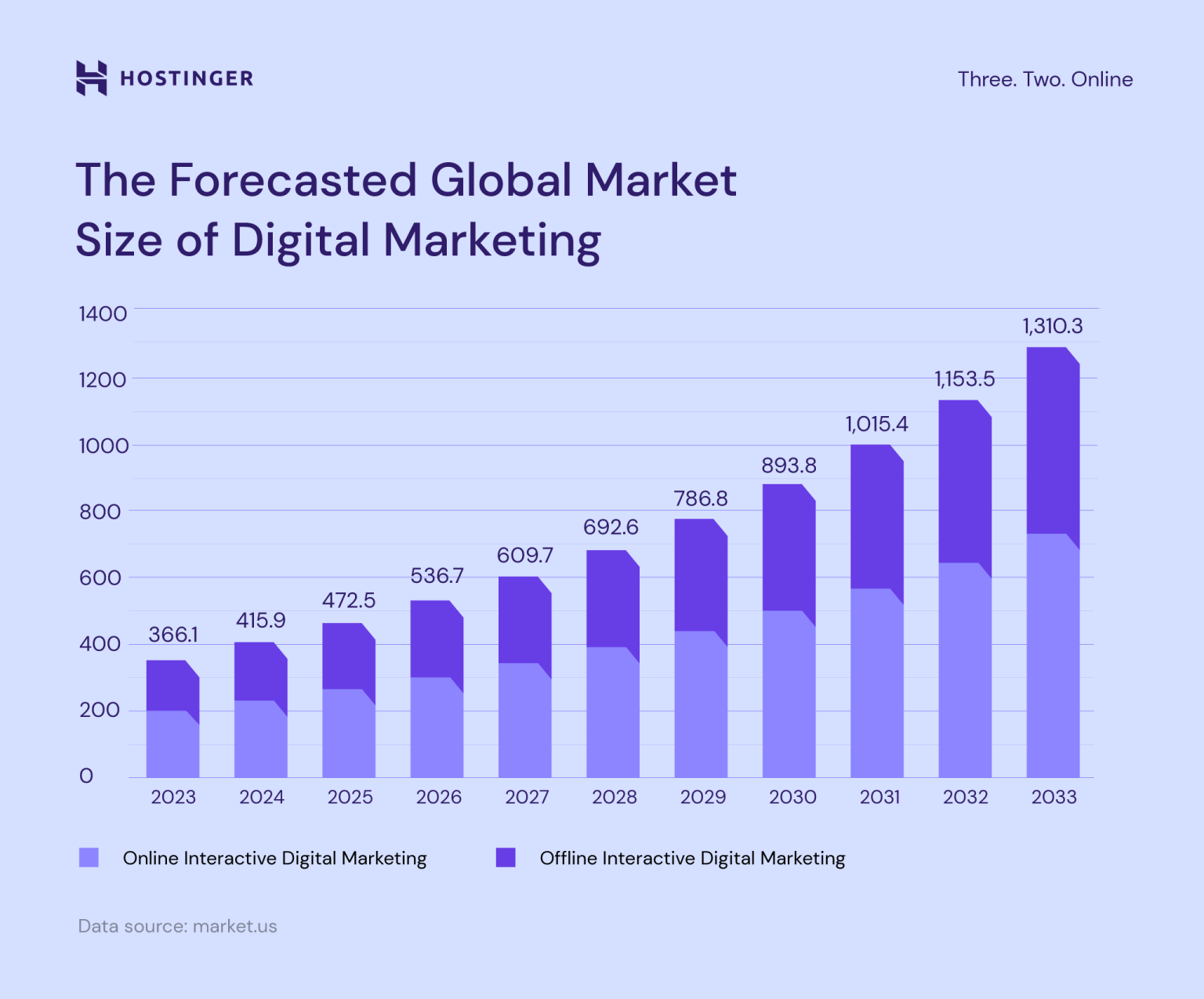
Hostinger says digital marketing will grow by 13.6% yearly until 2033. US and European companies commit 51% of their budgets to paid ads and online marketing services and tools. Agencies must innovate to meet the needs of businesses, their customers, and platforms. Businesses get effective campaigns that convert, raise awareness, and sell. Their customers get relevant, engaging content, ads, products, and services.
Why Consider Local Lead Generation and Its Local Service Niches in 2024
Digital marketing is profitable and necessary as businesses want to engage audiences online. Local lead generation provides an alternative method of making money online. Digital marketers must compete with other agencies to win clients. They must innovate, provide effective strategies, achieve results, and leverage trends. Your agency must do this to remain profitable and succeed.
Digital marketing struggles with challenges like unstable income, algorithms, trends, and changes in preferences. Most markets and niches experience saturation and competition. Agencies must commit more time to create newer and better strategies and content for clients and audiences.
Local lead generation provides a focused approach with less competition. It targets specific local markets and niches, making targeting easier. You create websites that rank on Google to rent them out to businesses. You own these assets, like they're digital real estate, and businesses are the tenants. These sites can earn you between $500-$3,000 monthly.

Local lead generation offers a more manageable way to make money online. It generates passive income with fewer hassles and competition. If you're still trying to find the niche that fits, why not try a business model that makes money while you sit?



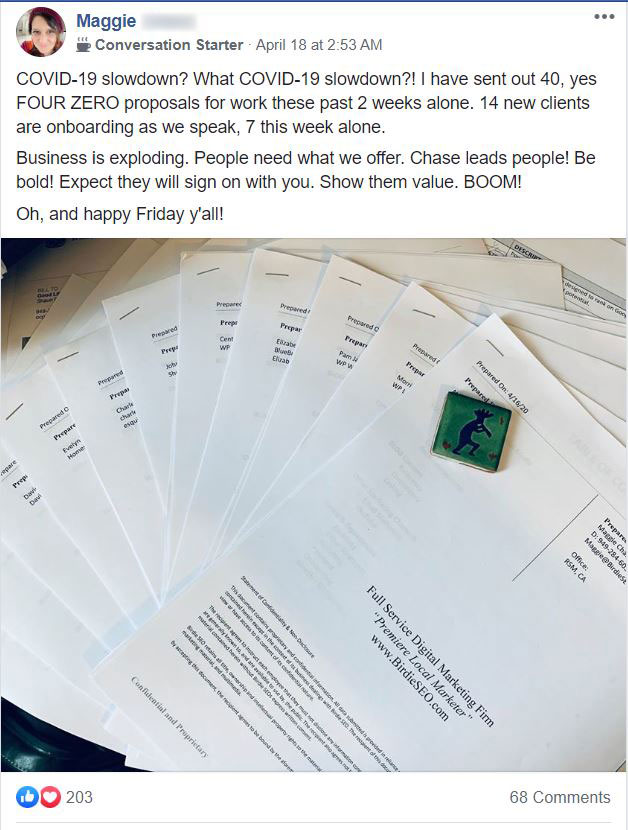
Thanks for sharing this information.